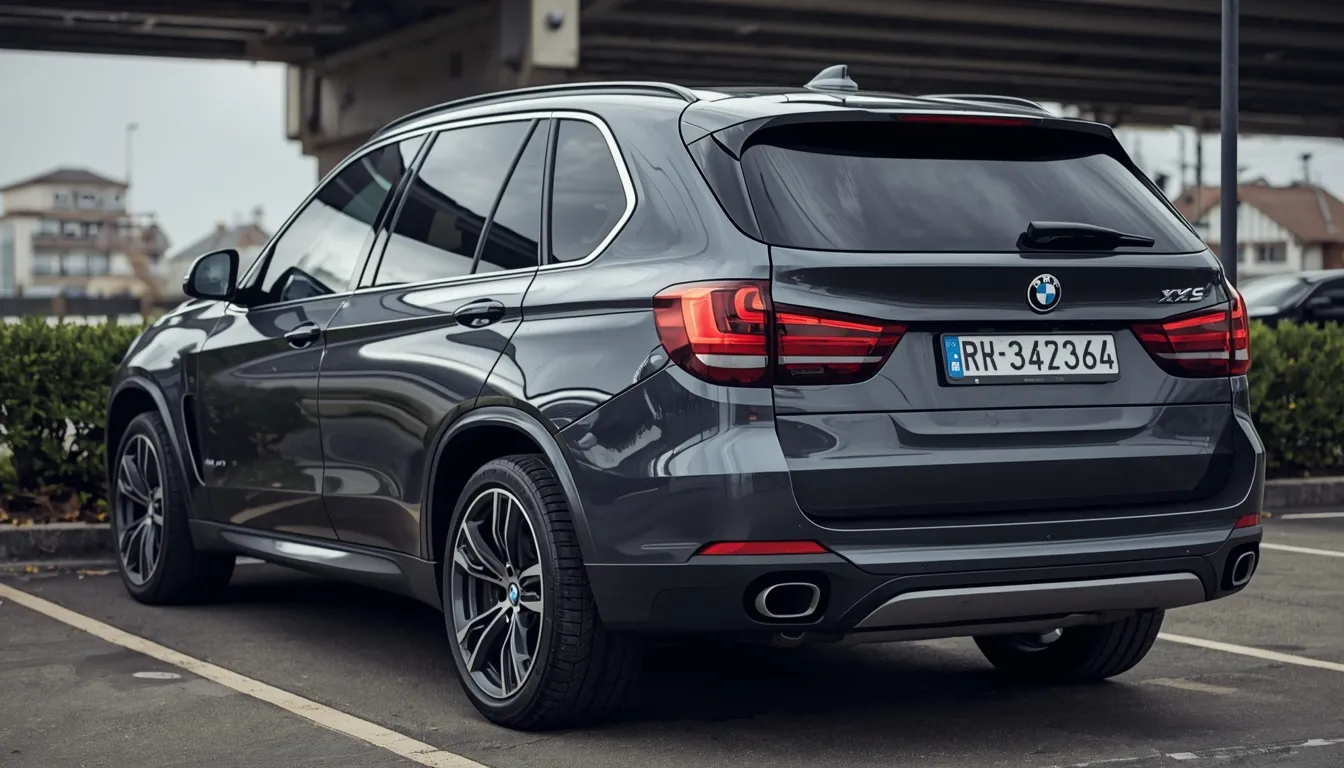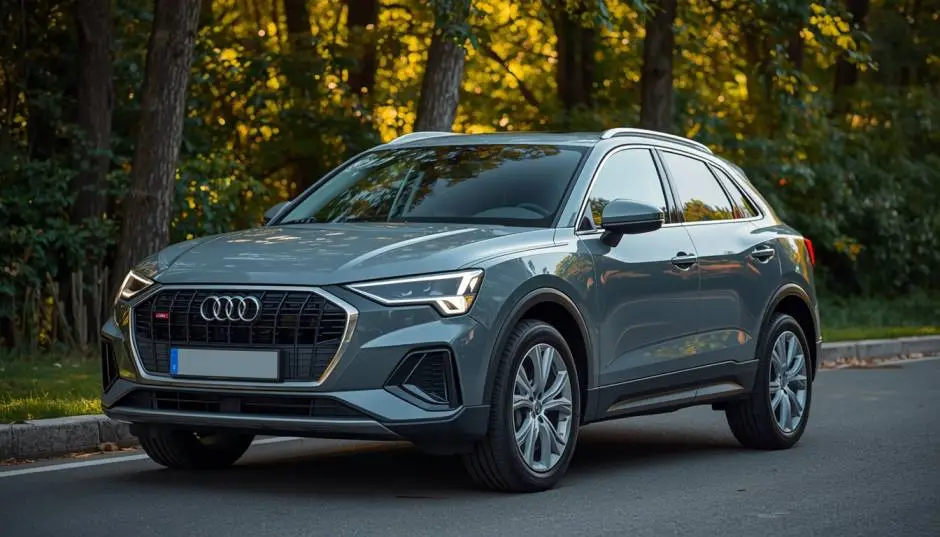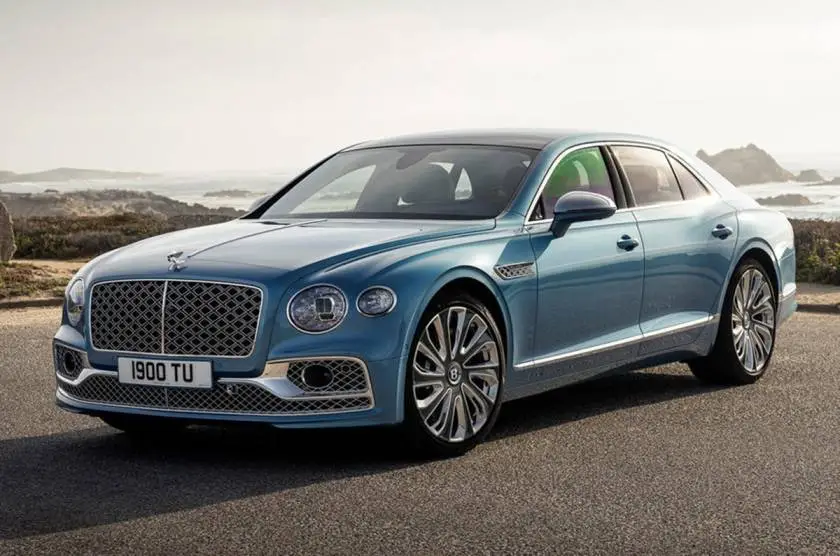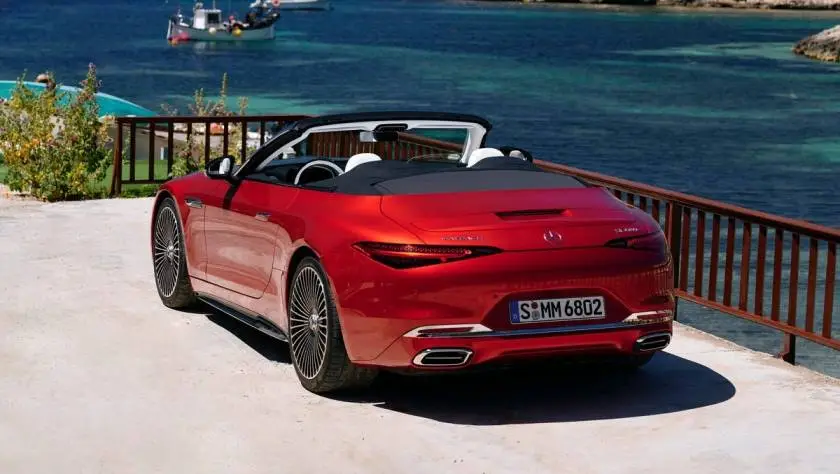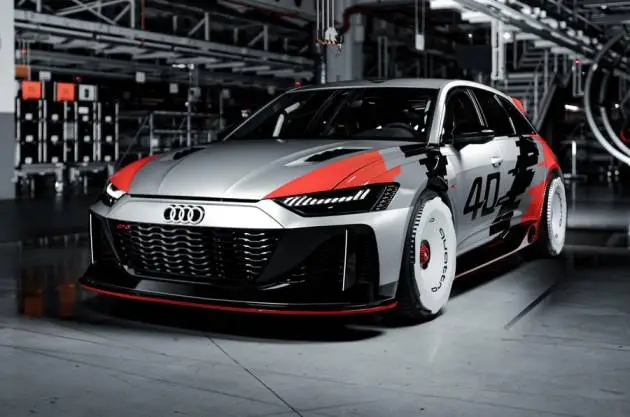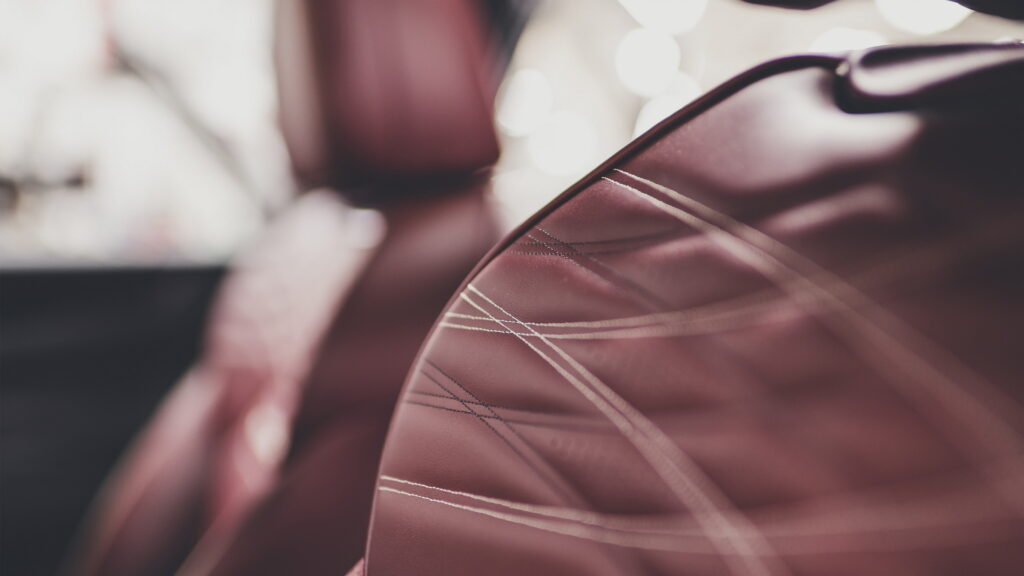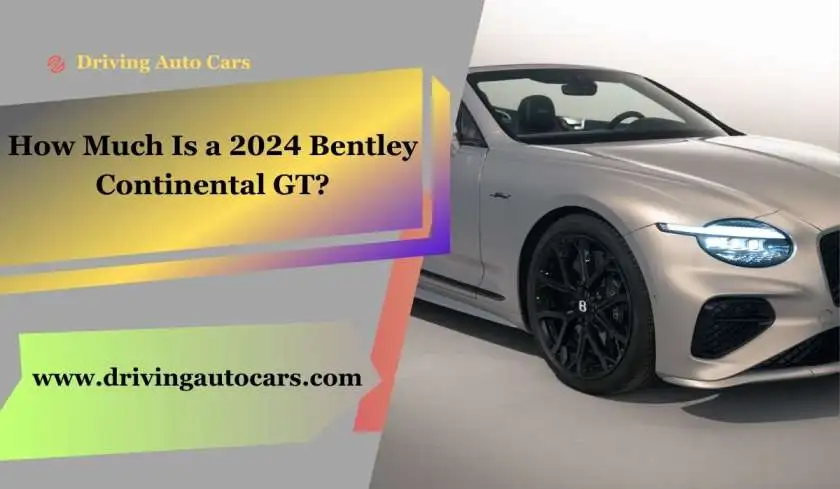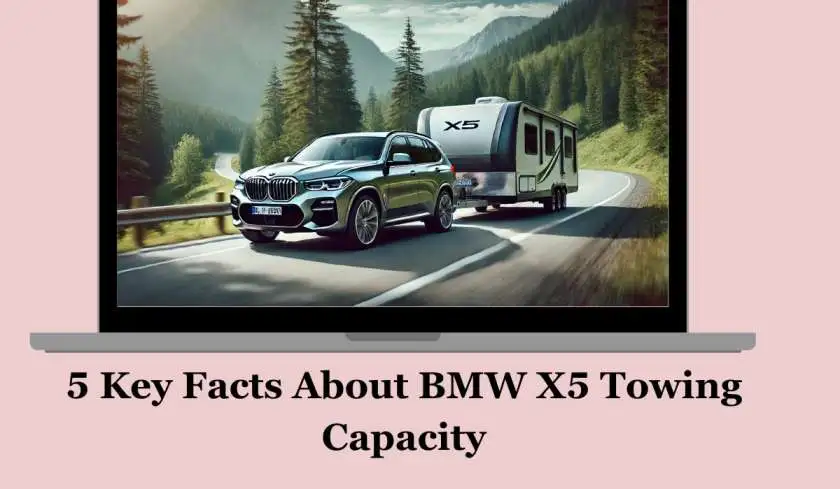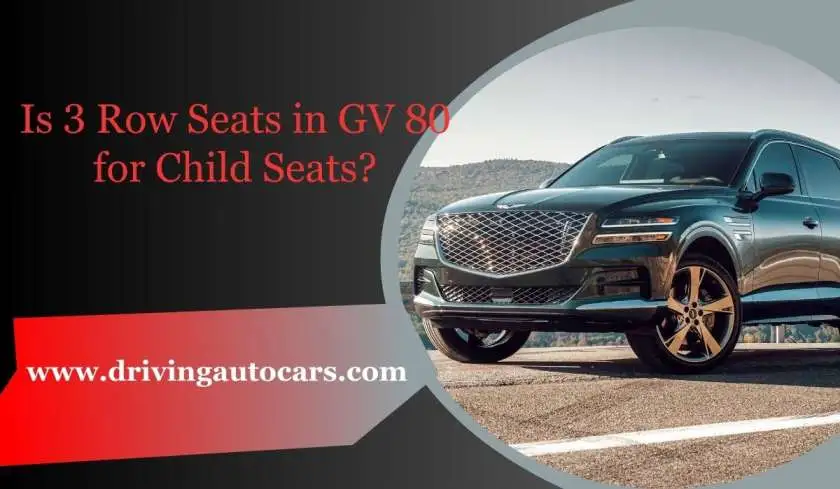BMW E36 Buyers Guide
The BMW E36 marked the third iteration of the BMW 3-Series and brought the model range closer to the whet of the 21st century. The prior E21 and E30 chassis’ were so widely loved that cemented the 3-Series name as the top driver-focused, German everyday car on the market. While the E36 certainly kept the driver-focused vein at the forefront of its identity, it moreover widow luxury to the 3-Series formula.
Technological innovations moreover paved the way for the E36 to be the most technically wide 3-Series at the time, with a strong accent on aerodynamic design, wide onboard electronics, and enhanced safety features. While the E36 undoubtedly modernized the 3-Series, it is often considered the last true analog 3-Series, as the E46 put plane increasingly loftiness between the suburbanite and the road with suburbanite aids and other electronic assists. For that reason, E36s are starting to wilt a hot commodity, like the older generations, as people are whence to require the unfluctuating wits that an E36 can provide.
In this guide, we’ll imbricate the BMW E36 3-Series in detail, including model information, engine information, and what you should be looking out for when purchasing a BMW E36.

E36 Models
For the purpose of this article, we’ll be discussing primarily U.S.-spec E36 models and variants, however, it is important to note that the rest of the world received spare soul styles and engine options. In total, the BMW E36 3-Series was misogynist in six variegated soul styles including the following, however, the US did not receive the touring wagon:
- E36 – 4-Door Touring Wagon
- E36 – 4-Door Baur Convertible
- E36 – 2-Door Coupe
- E36 – 2-Door Convertible
- E36 – 2-Door Compact
In wing to the misogynist soul styles, the BMW E36 was misogynist in five variegated models in the United States, including the following:
- 318i/is (1992–1997) – Canada only for 1999 model year
- 323i/is (1998–1999)
- 325i/is (1992–1995)
- 328i/is (1996–1999)
- M3
BMW E36 Badging
Badging is one of the most important things when it comes to identifying which variant of E36 you have or are looking to purchase. While BMW badging has gotten overly complicated in the past couple of years, the rear badging on the E36 is relatively straightforward and will tell you at a glance what engine and soul style the E36 is.
All E36 badges uncork with the number ‘3,’ simply designating that it is part of the 3-Series model range. The pursuit two numbers represent the engine used in that particular model.
In US E36 models, an ‘18’ token designation, fully marked as the ‘318,’ ways that the E36 is equipped with either the M42 4-cylinder or M44 4-cylinder engine depending on the model year.
A ‘23’ token designation ways that the E36 model is equipped with an M52B25 2.5L inline-6 engine.
A ‘25’ token designation ways that the E36 model is equipped with a variant of the M50B25 2.5L inline-6 engine., including either the non-updated M50B25 or the updated M50B25TU.
A ‘28’ token designation ways that the E36 model is equipped with an M52B28 2.8L inline-6 engine.
In wing to the token numbers, there are unchangingly one, if not two, suffixes pursuit the number. All US BMW E36 models are fuel injected and therefore receive an ‘i’ at the end of their token (i.e. 318i, 323i, 325i, 328i). All four-door E36 variants will have only an ‘i’ pursuit their number designation. Some US E36s have an ‘s’ pursuit the ‘i’ (i.e. 318is, 325is, 328is) In the specimen of the E36, that simply ways that the model is a two-door soul style.
BMW E36 Pre-Facelift vs Facelift

BMW is known for making significant aesthetic, and sometimes mechanical, changes to a model mid-way through its production cycle. In the BMW community, this is often tabbed either a “facelift” or “LCI” (Life Trundling Impulse). In the specimen of the older 3-Series, the E30 received redesigned bumpers, engine changes for some models, and some other minor cosmetic updates. However, the E36’s facelift was much less comprehensive.
The E36 received its facelift in 1996 and all of the changes were minor ones. The most significant changes to the facelifted E36’s exterior include an updated kidney grille diamond (with the late model grilles stuff flared towards the top edges), updated side markers, and color-matched running boards. The interior received a minor update, with the climate tenancy panel and steering wheel stuff updated to a new design.
1992-1999 BMW 3-Series Engines
Unlike in other parts of the world, the United States only received fuel-injected E36 models. In other countries, the BMW E36 was moreover offered in diesel variants. Over the undertow of the US E36’s build cycle, it was offered with seven engine options in total, including M42 and M44 4-cylinder engines and M50B25, M52B25, M52B28, S50B30, and S52B32 6-cylinder engines.
(1992-1995) E36 318i/is/it – BMW M42 Engine
The BMW M42 engine was the first 4-cylinder engine offered in the E36 318i, 318is, and 318it from 1992 to 1995. The M42 is a 1.8L engine that produces 138 hp at 6,000 rpm and 129 ft-lbs of torque at 4,500 rpm. Like the M44 engine that we’ll imbricate next, the M42 was an engine that carried over from the previous generation E30 3-Series chassis. It was moreover BMW’s first DOHC engine and variants of it would go on to power BMW E36 racecars in German touring car racing.
While every engine in the E36 range is reliable, the M42 is a tank. The inline-4’s diamond has very few known failures and is known for its dependability and simplicity. At this point in time, it isn’t uncommon to see an E36 318i/is with over 200,000 miles on the odometer. While it might not be the most powerful engine on the list, it is receptible to modifications and easy to work on.
(1996-1998) E36 318i/is/it – BMW M44 Engine
The BMW M44 inline-4 engine replaced the M42 engine in the E36 model line in 1996 and powered the E36 318i/318is/318it until 1998. Compared to the M42 engine, the M44 received slightly higher ostracism at 1.9L withal with some other notable diamond changes including updated roller rocker stovepipe and a hot-wire MAF. Additionally, all M44 engines received dual variable length intake manifolds (DISA), which helped requite the M44 a bit increasingly grunt over the outgoing engine in the middle of the power band.
Like the M42, the M44 is an uncommonly reliable engine. It is nearly as simple and easy to work on as well. With that stuff said, there aren’t as many aftermarket modifications or performance gains to be had for the M44. It is moreover less power-capable than the M42 as the older engine has a forged zombie while the M44’s is tint iron.
(1991-1995) E36 325i/is – BMW M50 Engine
The BMW M50 engine is the most worldwide engine found in the E36 chassis, planted from the factory in 1991-1995 325i and 325is models. The M50 is a 2.5L straight-6 engine, hence the ‘25’ designation on the token of 325i/is cars. Initially, the M50B25 produced 189 hp at 6,000 rpm and 181 lb⋅ft
at 4,700 rpm. In 1993, the M50 received a technical update that introduced single VANOS variable valve timing to the engine. That lowered the peak-torque RPM to 4,200, permitting for a slightly increased torque icon overall.
The BMW M50 is one of the most popular engines in the archetype BMW engine itemize due to its incredible reliability, respectable power production, and comprehensive aftermarket support. When it comes to reliability, early non-VANOS engines are less likely to wits issues. However, the spare performance makes ‘93 cars increasingly sought after.
(1996-1999) E36 328i/is – BMW M52 Engine
When the E36 325i line died at the end of the 1995 model year, the M50 died with it, at least in a way. Instead of getting rid of the 2.5L straight-6 formula, BMW transformed the M50 variant into an updated M52B25 variant. That engine was found in the 1996-1999 323i models. For the 1996 model year, BMW replaced the 325 with the 328i/is which moreover received a larger ostracism 2.8L M52B28 inline-6 engine. The M52B28 was found in all 1996-1999 E36 328i/is models. The M52B38 produced 190 horsepower and 210 lb-ft of torque.
The 328i/is with the M52B28 engine is the most highly sought-after non-M E36 model due to its impressive factory performance. That is expressly true if the example has a five-speed transmission and a limited-slip rear differential. Like the other engines, the M52 is exceedingly reliable and most of its problems have to do with age at this point.
(1995-1999) E36 M3 – BMW S50/S52 Engine
In the United States, the M3 received two variegated engine options. The M3 was first released in 1995 with the S50 engine in US spec, which was heavily based on the M50 engine format. Despite stuff similar in terms of build materials and overall construction, the S50 was a completely variegated yahoo on the inside. The S50 received lighter pistons, upgraded connecting rods, higher performance cams, stiffer valve springs, an improved frazzle manifold, and a few other notable upgrades. The 3.0L inline-6 produced 240 horsepower and 225 lb-ft of torque.
In 1996, the M3 received a new and updated S52 engine based on the BMW M52. Like the S50 that came surpassing it, the S52 shared many similarities with its increasingly civil counterpart but featured high-performance internals (mainly lightweight high-performance cams) that made it a much increasingly capable engine. From the factory, the S52 produced the same 240 horsepower as the S50 that preceded it but increased torque to 236 lb-ft.
BMW E30 vs E36

The generational leap from the BMW E30 to the E36 was a very significant one. While the E30 was a product of 1970s diamond and engineering, production of the E36 began in 1981, informing everything from the E36’s overall shape, all the way to its onboard electronics and safety features.
While the E30 is certainly the increasingly unstylish of the two 3-Series options, there is some value in that. For one, the E30 chassis is unquestionably increasingly robust in its chassis diamond than the E36. It moreover has a shorter wheelbase and less weight-increasing tech, which makes it very light on its feet and fun to chuck virtually a track. The overall wits of driving an E30 is very bare-bones and raw. Since so many E30s were produced, parts are still widely misogynist and its simple construction makes it extremely easy to DIY repair and modify.
The E36 retained the essence of the 3-Series formula and brought it into the modern era. A much stronger accent was placed on making the E36 aerodynamic, which explains the longer and increasingly wedge-shaped design. Weight is the E36’s Achilles heel in this comparison, coming in at virtually 300-400 lbs heavier than the E30. However, most of that weight translates to a increasingly luxurious wits overall. The E36’s front and rear suspension were moreover revised, making them less prone to issues later lanugo the line. Other improvements to the E36 include subtracting stability control, driver, passenger, curtain airbags, and electronic climate control.
BMW E36 vs E46
In much the same way that the E36 felt like a massive step forward in terms of technological innovation for the 3-Series when compared to the E30, the same can be said for the E46. The E36 certainly has a increasingly analog finger when it comes to the driving experience. The E36 and E46 full-length an scrutinizingly identical suspension wattle despite stuff released scrutinizingly a decade apart. That goes to show how spot-on BMW got the multi-link suspension with the E36.
BMW’s advances in materials led to the E46 stuff 70% increasingly structurally rigid than the E36’s chassis while moreover using lighter and stronger compounds in other aspects of the chassis design. Despite the advances in chassis development, the E46 is virtually 100 lbs. heavier than its E36 predecessor due to its heavy integration of computerized functions and larger overall size.
The E46’s heavy implementation of electronics makes it increasingly wide in terms of engine and transmission management and suburbanite squire functions. That gives it a slightly increasingly shredded feel, but moreover makes it a largest daily driver. The E46 moreover brought all-wheel-drive when to the 3-Series, which was missing from the E36. If you want to read increasingly well-nigh the E36 vs E46 debate, trammels out our full guide on the subject.
BMW E36 Reliability and Problems
While the BMW E36 was the first 3-Series to seriously implement electronics into the chassis, it is still much increasingly vital than the generations that followed it. That certainly helps a significant value from a reliability standpoint, expressly considering that all of the engine options in the E36 are unsurmountable as well. Most of the common problems and things that you should be looking for have to do with age, considering that plane the newest E36 chassis is still over 20 years old at this point.
3-Series Cooling System Problems
All older 3-Series generations are notorious for having cooling system issues. The E36 is no exception, as the majority of the main cooling system components rely on plastic components and rubber hoses. E36 cooling system problems tend to surface virtually the 100,000-mile mark, but age moreover plays a big role in the ousting of hoses, plastic fittings, and plane internal pieces like plastic water pump impellers. As a result, most people refresh their E36’s cooling system as soon as they purchase the car.
While you might not be worldly-wise to visually see some of the pursuit E36 cooling system problems, alimony an eye out for the ones that you can see if you are purchasing one:
– Cracked/sheered upper or lower radiator hose flange
– Cracked radiator tank(s)
– Radiator leaks at tank/core seams
– Leaking radiator cap
– Cracked/exploding expansion tank
– Cracked bleeder screw
– Cracked/sheered thermostat housing
– Ruptured upper/lower radiator hoses
– Water pump impeller failure
– Water pump validness failure
– Mechanical/clutch fan failure/explosion
E36 Electronic/Sensor Failure
At this point in time, many of the E36’s electrically powered sensors and other electrical components have likely either failed or are on their way out. ABS sensors, ECU issues, and rust/water intruding into sensitive areas where electrical components are housed (like overdue the stainless ABS trigger rings on the CV joints) are all very worldwide on E36s.
Illuminated airbag lights are moreover very worldwide on E36s, expressly if the steering wheel was removed at any point. Luckily this can typically be stock-still with a
BMW E36 Things to Look Out For
Rust
Rust is undoubtedly one of the first things that you should be on the lookout for if you are planning on purchasing an E36. That is expressly true if you are planning on purchasing one in a place with a humid climate or an zone where roads are salted in the wintertime. The most worldwide places that you’ll see rust on a BMW E36 are the rear wheel arches, the front and rear subframe, side skirts, number plate lights, roundels, number plate mounting points, and corners of the very marching lid.
While a little rust shouldn’t be a well-constructed deal killer, rust on the subframe or other structural components can lead to expensive repairs lanugo the line.
Disintegrating Interior
E36 interiors are known to be rather…fragile. That is expressly the specimen for cars with upper mileage and cars that have been sitting in the sun for an extended period of time. The E36’s door cards, door handles, headliner, and glove box are all main points of issue in the interior. E36 door cards tend to one-liner and fall off of the doors themselves without a while. Headliners, and other interior upholstery, uncork to sag and peel as well. Unfortunately, there isn’t a lot that can be washed-up well-nigh this issue besides replacing the interior piece-by-piece with OEM or aftermarket replacement parts as they uncork to break.
Aging Suspension and Handling Components
At this point in their lifecycle, there is little endangerment that an E36’s factory suspension is holding up very well. If you are looking to purchase an E36, pay special sustentation to how it handles both at speed and driving on side streets on a test drive. If the suspension feels excessively uproarious or the steering feels wobbly over bumps, you’ll likely need to refresh the suspension.
In wing to the suspension itself, white-haired wittiness joints, front tenancy arms, sway bushings, end links, and rear trailing arm bushings can lead to clunking sounds and a lack of steering stability, so be sure to make sure that they are all in workable shape if you are purchasing and E36. Rear shock mount failure is flipside very worldwide issue on E36s, plane at low mileage.

